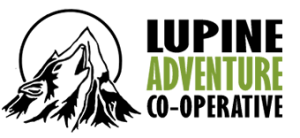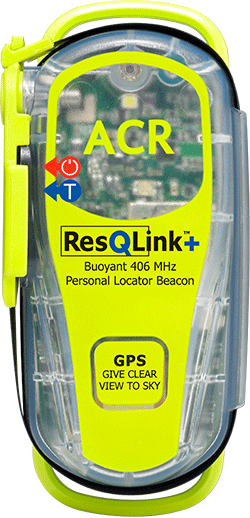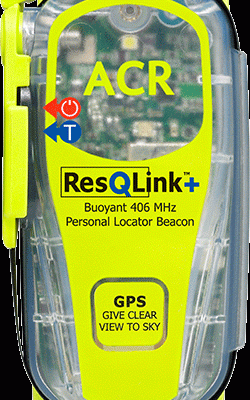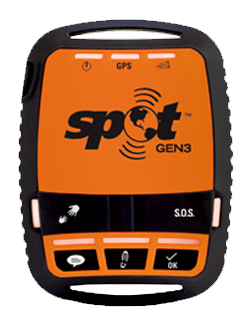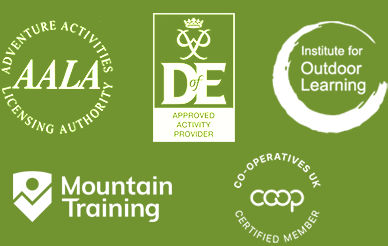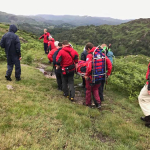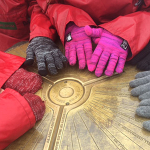How and Why We Track Groups on DofE Expeditions
Over the last few years the number of different tracking options for DofE has exploded. From the high tech Spot Gen 3’s with satellite communication (so not relying on mobile phone signal), to small devices designed for hiding in your car, to free downloads that you can put on any smart phone. This is not going to be an article about what tracker to get (you can find that here) but more to document the discussions that we had within Lupine Adventure Co-op about the benefits and pitfalls of their use.
At Lupine we all started off, like most outdoor education professionals, very much against their use. We’d not needed them before, they were just new and expensive kit that would probably detract from the young people’s feelings of independence and achievement.
In 2016 we noticed a change in the way that people on DofE and outdoor education Facebook forums were referring to trackers. Some people were still very much against them but the tide was turning. A few years before negative comments on posts about their use would out number positive comments buy more than 10:1 and in just a couple of years positive comments were starting to outnumber the negative ones. It became apparent to us that with the reducing cost of the technology, and the increasing number of organisations using them, being able to track groups and giving groups the ability to ask for help in remote situations was becoming the norm.
We found ourselves in the interesting position that we were considering the purchase and use of trackers and / or personal locator beacons (PLB) even though we had not identified a need for them in our risk assessments. To put it another way we felt that while there is always an element of risk in remotely supervising groups in remote situations the risks are not so great (if done well) and the presence of a tracker or PLB does not reduce them considerably (and could even increase the likelihood of some incidents). However, society (parents, schools, youth groups) were beginning to expect that we would be offering this facility.
Our 2 big problems with trackers
1) When we are supervising a group they know that we are in the area but they generally really do not realise just how closely we are supervising them. By giving them a tracker it might totally destroy that feeling of independence.
2) We are concerned that the ability to track a group could mean that we start to do a less than thorough job of supervising them. There is no doubt that having a tracker on a group can change the way that you supervise that group and we are concerned that that will have a negative effect on the quality of our supervision.
But on the other hand
1) If your group have a tracker then you can supervise much more efficiently. For instance, you may be planning to meet a group on a hill top or even just to view them at a specific point to ensure they go the right way (and if necessary stop them heading into the wrong valley). With the use of a tracker you can time your ascent of the hill better thus using your time more efficiently (4th rule of remote supervision: work smart not hard) and you will also not have the stress of worrying if they have already passed through (which I am sure you can relate to).
2) Finding a group that you have lost will take up a lot of time and fuel (possibly of quite a few members of staff). With a working tracker this can be reduced.
3) If a group are off route and injured then you will find them a lot quicker with a tracker thus saving you, them, their parents and mountain rescue a lot of time and worry.
4) With a tracker and help button you are in a much better position to insist they leave their phones at home.
5) There is the possibility of telling groups that they can go off route on adhoc exploration if they wish by sending an OK message when doing so to let us know where they are and that they know they are not following the plan but everything is fine (this is not something that we have worked out how we may incorporate but is a possibility).
So how will we deploy trackers to mitigate our issues and use the advantages?
We tested the use of Spot trackers in 2017 and on the back of that have purchased more for use in 2018. We therefore have a fledgling policy of how they will be deployed and how we might brief the staff and groups on their use.
1) We intend to explain to the group that their primary use is as an emergency button to call for help from the emergency services or their supervisor should they need it (Spot devices have two help buttons use of either will send a text to their supervisor giving their location). We can tell them that yes it has a tracking function but that it not it’s main purpose and it is not 100% reliable or useable ‘in the field’ (which is true but to be honest it is pretty good).
2) We ask our staff to produce supervision plans as if they don’t have trackers as we don’t think that is should make any difference to the actual plan. Our remote supervision policy covers the times when we want our staff to remain close to the group and having a tracker will make no difference to this. All it will do is mean that staff have a bit more information of when they have to be where they have to be.
In Summary
Trackers are great bits of kit that massively reduce stress for the supervisor and can provide a means for calling for help in areas without mobile phone signal. Ironically the tracking function is often more use in Bronze terrain as all the hedges, and buildings get in the way of spotting your group in contrast to the mountains when on a good day you can position yourself on a hill top and watch your group for a couple of hours from one spot. We don’t focus on their use as trackers and genuinely do tend to not use them as such on a minute by minute or even hour by hour basis.
August 2018 update: After a year of using trackers extensively we still only have 4 trackers and usually have many more groups out than that so tend to deploy them where there is a medical reason that it may prove helpful, Open expeditions and groups working in particularly remote areas.
Want to borrow our trackers?
We use our 4 spot trackers pretty extensively from April to September. Outside of this time we are happy to lend them out. We particularly encourage their use by winter mountaineers heading off into the snowy wilds (they are all out on loan at the moment as I type in February). Between April and September we may be able to lend you one if we are not busy just get in touch to give them a go.
